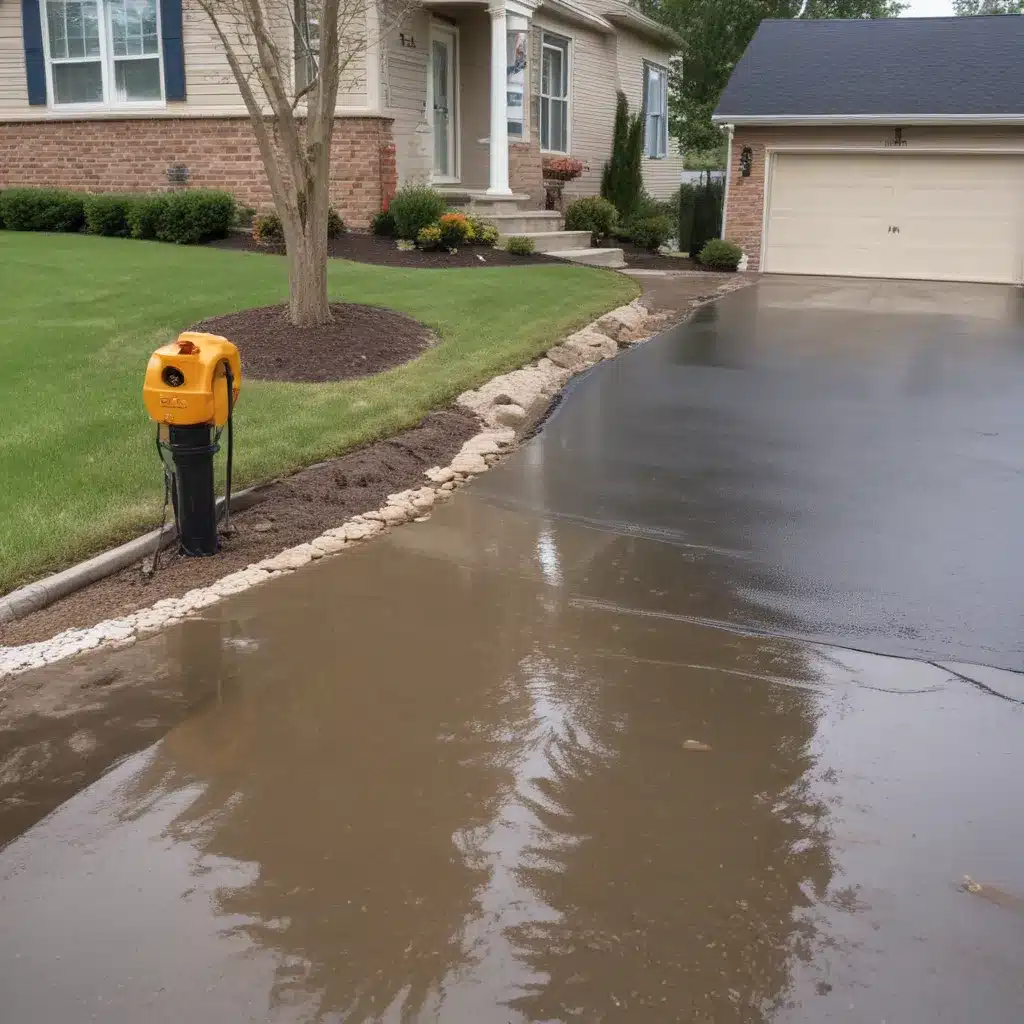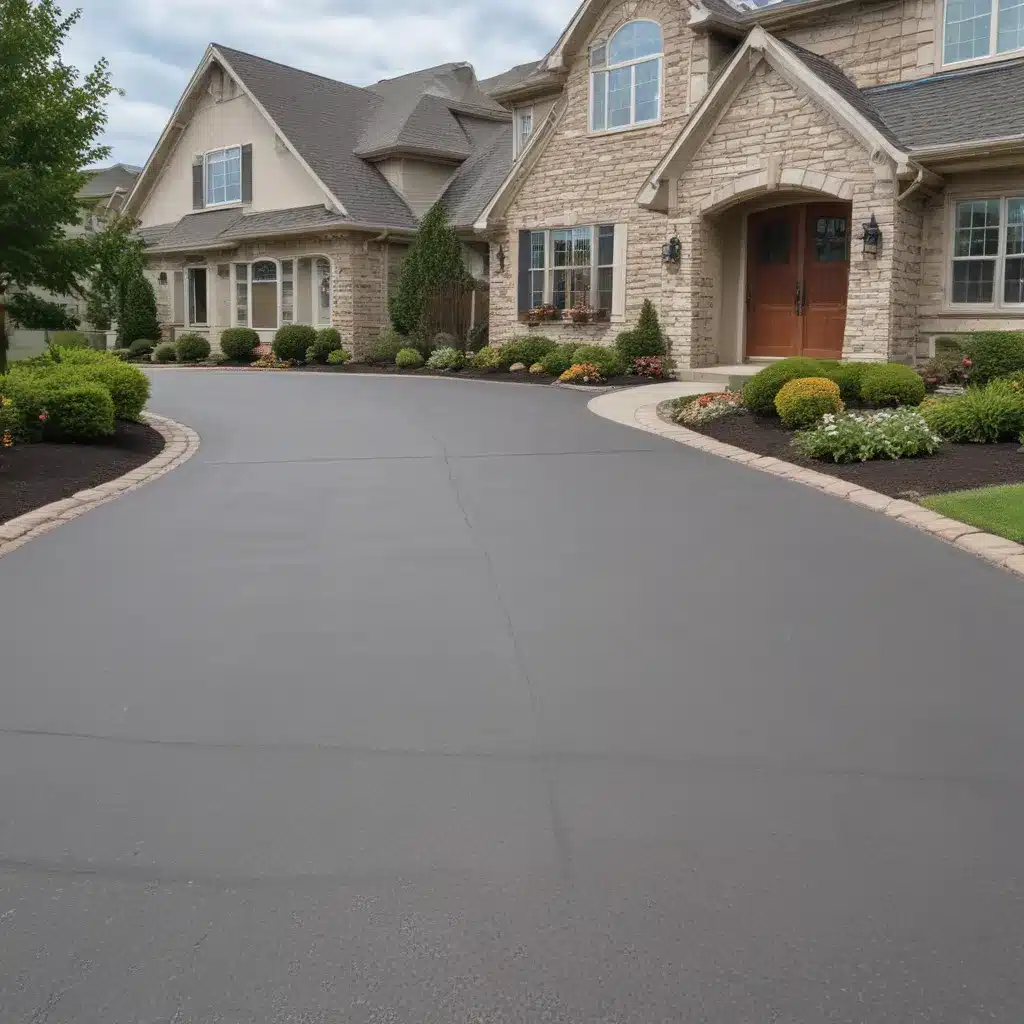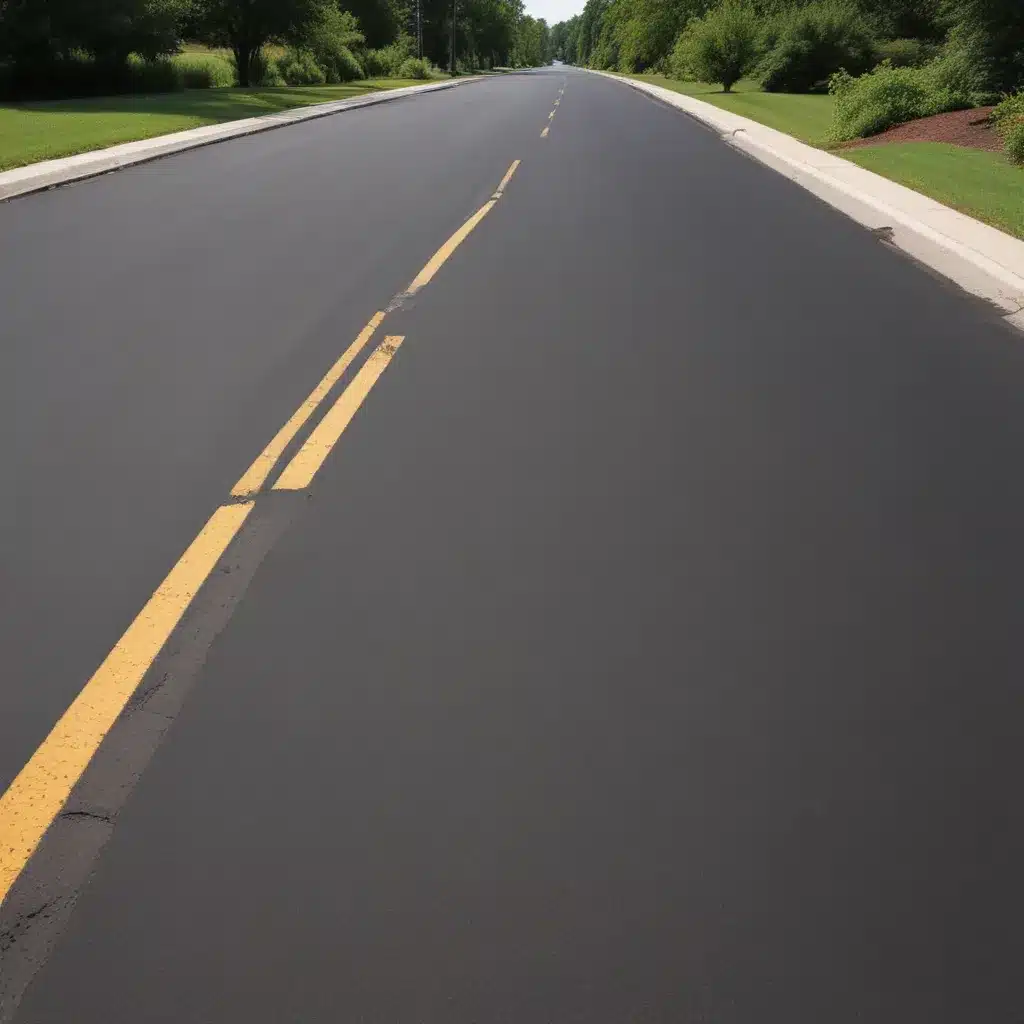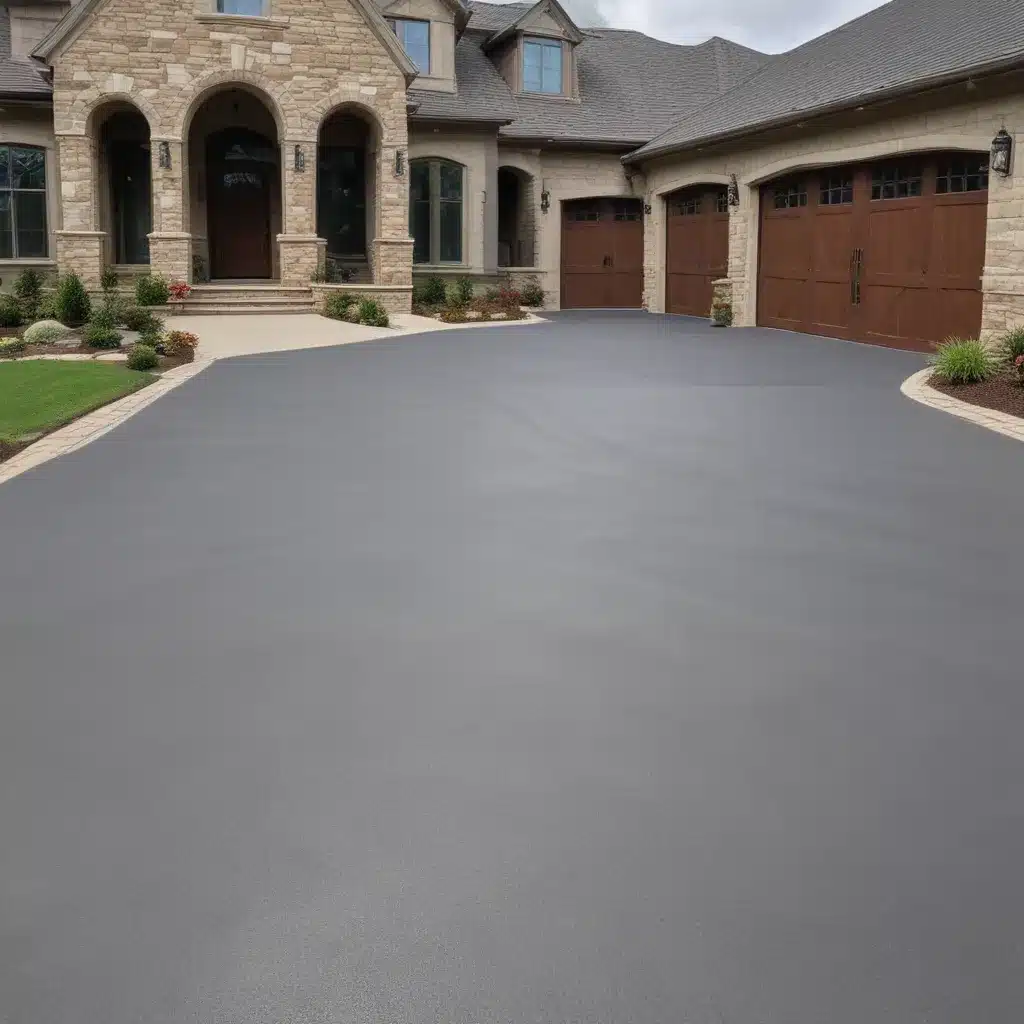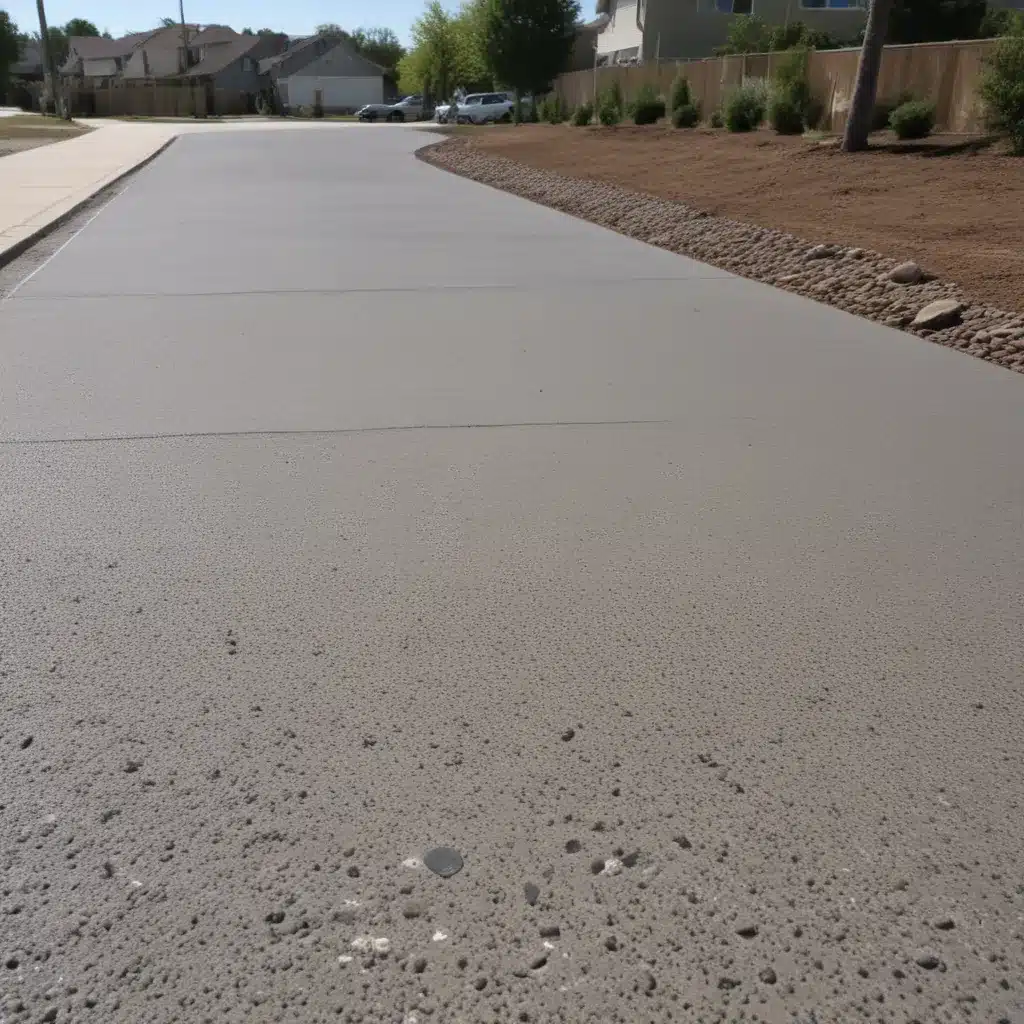The Driveway Dilemma: Battling the Endless Influx of Water
Ah, the eternal struggle of the driveway – a never-ending battle against the relentless forces of nature. One moment, your driveway is a pristine, inviting path leading to your castle, and the next, it’s a veritable aquatic playground, a miniature Venice where puddles reign supreme. If you’re like me, you’ve experienced the frustration of wading through those pesky pools, cursing the heavens and wondering, “Why, oh why, must my driveway be a magnet for water?”
Fear not, my fellow driveway warriors, for I have embarked on a quest to uncover the secrets to conquering this watery foe. Through my research and personal experiences, I’ve gained a deep understanding of the various pumps available to tackle driveway flooding issues. Join me on this journey as we explore the ins and outs of selecting the perfect pump to keep your driveway high and dry.
Assessing the Driveway Dilemma: Understanding the Root Causes
Before we dive into the world of pumps, it’s crucial to understand the underlying causes of driveway flooding. After all, the right pump is only as effective as the problem it’s designed to solve. Let’s take a closer look at the factors that contribute to this aquatic invasion.
One of the primary culprits is poor drainage. If your driveway is situated in a low-lying area or lacks proper slope and runoff channels, it becomes a natural catchment basin, trapping water and forming those pesky puddles. Another common issue is clogged or blocked drains, where debris and sediment accumulate, impeding the flow of water and causing it to back up onto your driveway.
Additionally, heavy rainfall or rapid snowmelt can quickly overwhelm even the most well-designed drainage systems, leading to a flood of epic proportions. And let’s not forget the occasional ruptured water main or overflowing storm sewer – these unexpected events can turn your driveway into a veritable water park, complete with impromptu water slides and splashing contests.
Understanding the root causes of your driveway flooding is the first step in selecting the right pump to address the problem effectively. After all, you wouldn’t try to put out a raging fire with a squirt gun, would you? No, you’d reach for the big guns – the powerful fire hose that can vanquish the flames. The same principle applies to driveway flooding; the key is to match the pump to the specific challenges you face.
Pump Selection: Exploring the Options
Now that we’ve delved into the various factors contributing to driveway flooding, let’s dive into the world of pumps – the trusty sidekicks in our battle against the watery onslaught.
When it comes to pumps, there’s a veritable smorgasbord of options, each with its own unique capabilities and quirks. From the mighty submersible pump that can tackle even the deepest pools to the versatile centrifugal pump that can handle a wide range of water flow rates, the choices can be overwhelming.
One pump that has caught my eye is the sump pump – a workhorse that’s specifically designed to tackle the problem of water accumulation in low-lying areas. These pumps are typically installed in a sump pit, where they can automatically activate when the water level rises, efficiently removing the excess and preventing it from creeping up onto your driveway.
Another intriguing option is the diaphragm pump, which uses a flexible membrane to create suction and displace water. These pumps are known for their ability to handle water that’s laden with debris, making them a great choice for driveway flooding that’s accompanied by a fair amount of leaves, twigs, and other organic matter.
And let’s not forget the trusty utility pump, a versatile workhorse that can handle a wide range of applications, from pumping out standing water to moving water from one location to another. These pumps come in a variety of sizes and power ratings, allowing you to tailor your solution to the specific demands of your driveway.
As you can see, the pump world is a veritable cornucopia of choices, each with its own unique strengths and weaknesses. The key is to carefully assess your driveway’s flooding patterns, the volume of water involved, and the potential for debris – and then select the pump that’s up to the task. Remember, the right pump can be the difference between a dry, pristine driveway and a watery wonderland that would make even the most enthusiastic water park enthusiast envious.
Factors to Consider: Sizing, Power, and Placement
With the pump options laid out before us, it’s time to delve deeper into the factors that will influence your final selection. After all, choosing the right pump is like picking the perfect partner – you want a match made in heaven, not a relationship doomed to fail.
One of the most critical considerations is pump size – the capacity to move water. This is where the concept of gallons per minute (GPM) comes into play. You’ll need to carefully measure the volume of water that accumulates during a typical flooding event and then select a pump that can handle that flow rate with ease. Underestimate the GPM, and you’ll end up with a pump that’s woefully underpowered, leaving you ankle-deep in water. Overestimate, and you’ll be throwing money down the drain (pun intended) with a pump that’s too powerful for your needs.
Power is another key factor to consider. Pumps come in a variety of configurations, from electric to gas-powered to even solar-powered options. The power source you choose will depend on a few factors, such as the availability of electricity in your driveway location, the frequency of use, and your environmental concerns. Electric pumps are generally the most convenient, while gas-powered models excel in remote or off-grid situations. And for those eco-warriors among us, the solar-powered pump is a shining beacon of sustainability.
Finally, the placement of your pump is crucial. Submersible pumps, for instance, need to be positioned in a strategically located sump pit, while above-ground models require a bit more planning to ensure the water flow is directed away from your driveway. You’ll also need to consider accessibility – you don’t want to have to don scuba gear every time the pump needs maintenance or adjustment.
By carefully weighing these factors – size, power, and placement – you’ll be well on your way to finding the perfect pump to vanquish those driveway floods once and for all. It’s a delicate dance, but trust me, the payoff of a dry, puddle-free driveway is worth every step.
Installation and Maintenance: Ensuring Long-Term Success
Now that we’ve explored the pump selection process, it’s time to tackle the next hurdle: installation and maintenance. After all, even the mightiest of pumps is only as effective as the care and attention it receives.
Let’s start with installation. Proper placement and setup are crucial to ensuring your pump operates at peak efficiency. Submersible pumps, for instance, require a well-designed sump pit that’s deep enough to accommodate the pump and allow for the necessary water flow. Above-ground models, on the other hand, need a sturdy platform and a carefully planned drainage system to channel the water away from your driveway.
And let’s not forget the importance of power connections. Electrical pumps require a dedicated, properly grounded circuit, while gas-powered models need a reliable fuel supply and proper ventilation. Missteps in this phase can lead to frustrating breakdowns and costly repairs down the line.
Once your pump is up and running, the real test begins – maintaining its performance over the long haul. Regular inspections and preventive maintenance are the keys to keeping your pump in tip-top shape. This includes checking for debris buildup, ensuring the impeller is in good working order, and keeping an eye on the seals and gaskets that keep the water where it belongs.
And let’s not forget the occasional need for troubleshooting. Pumps, like any mechanical device, can encounter the occasional hiccup. But fear not, with a little know-how and some basic DIY skills, you can often get your pump back on track without resorting to a costly repair bill.
By embracing the art of proper installation and diligent maintenance, you’ll be well on your way to enjoying a driveway that’s as dry as a bone, even in the face of the most relentless water assaults. It’s a labor of love, to be sure, but the satisfaction of a puddle-free driveway is a reward that’s worth every drop of sweat.
Embracing the Elements: Pump Compatibility and Weather Considerations
As we delve deeper into the world of driveway pumps, it’s important to consider the ever-changing whims of Mother Nature. After all, the elements can be as fickle as a toddler in a candy store, and the pump you choose must be able to withstand the challenges they present.
One crucial factor to consider is the pump’s weatherproofing capabilities. Outdoor pumps need to be able to brave the elements – rain, snow, and even the scorching summer sun. Look for models that feature robust, corrosion-resistant materials and waterproof housings to ensure they can stand up to the test of time.
And let’s not forget the impact of temperature. In colder climes, the threat of freezing water can bring your pump’s operation to a grinding halt. Fortunately, there are specialized cold-weather pumps designed to tackle this challenge, with features like built-in heaters and insulation to keep the water flowing freely, even in the depths of winter.
But the elements aren’t the only factors to consider when it comes to pump compatibility. The quality of the water itself can also play a role. If your driveway is prone to collecting debris-laden runoff, you’ll want a pump that can handle the occasional twig or leaf without clogging. Diaphragm pumps and utility pumps, for instance, are renowned for their ability to tackle water with a bit of grit.
By keeping a keen eye on the weather patterns and water conditions in your area, you can ensure that the pump you choose is up to the task of keeping your driveway high and dry, no matter what Mother Nature throws its way. It’s a delicate balancing act, to be sure, but the payoff of a reliable, weatherproof pump is worth the effort.
Embracing Innovation: Exploring Emerging Pump Technologies
As we navigate the ever-evolving landscape of driveway pumps, it’s important to keep an eye on the horizon for the latest advancements in the field. After all, what good is a trusty old pump when a shiny new model could be the key to finally conquering those pesky driveway floods?
One cutting-edge technology that has caught my attention is the rise of smart pumps. These intelligent devices come equipped with a host of features that make them the ultimate driveway flood-fighting sidekicks. From automated water level monitoring to remote control capabilities, these pumps can adapt to the ever-changing conditions of your driveway, ensuring that they’re always working at peak efficiency.
Another exciting development is the emergence of renewable energy-powered pumps. Solar-powered models, for instance, harness the power of the sun to provide a clean, sustainable solution to driveway flooding. No more reliance on the grid or the hassle of refueling gas-powered units – these eco-friendly pumps can keep chugging away, day and night, without leaving a carbon footprint in their wake.
And let’s not forget the advancements in pump materials and design. Newer models are boasting improved durability, with components that can withstand the ravages of time and the elements. Imagine a pump that can shrug off the harshest winters and the scorching summer heat, all while maintaining its efficiency and reliability.
As you explore the world of driveway pumps, be sure to keep an eye out for these cutting-edge technologies. Who knows, the pump of the future might just be the key to finally bidding farewell to those driveway puddles once and for all. After all, in the ever-evolving world of home improvement, the only constant is change – and that change can be your best friend in the fight against driveway flooding.
Conclusion: Reclaiming Your Driveway, One Pump at a Time
And so, my fellow driveway warriors, we’ve reached the end of our journey through the world of driveway pumps. From understanding the root causes of flooding to exploring the latest innovations in pump technology, we’ve covered a lot of ground.
The road to a dry, puddle-free driveway may be a long and winding one, but with the right pump by your side, the destination is well within reach. By taking the time to assess your specific needs, researching the various pump options, and ensuring proper installation and maintenance, you can bid farewell to those unsightly pools and reclaim your driveway as the pristine, welcoming path it was always meant to be.
And who knows, maybe along the way, you’ll even discover a newfound appreciation for the art of pump selection. After all, what could be more satisfying than outsmarting Mother Nature and her watery whims, one pump at a time?
So, my friends, go forth and conquer those driveway floods! Embrace the challenge, research your options, and choose the pump that will be your loyal companion in this battle. And when you finally step out onto your dry, puddle-free driveway, bask in the glory of your achievement – for you, my friend, are a true driveway champion.

